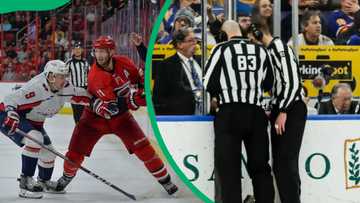How many periods are in hockey? Easy breakdown for new fans
Hockey is an exciting and fast-paced sport. It can be difficult for new fans to understand the game because of its notorious on-ice confrontations and quick substitutions. One of the most common questions for those just starting to watch the sport is about the structure: How many periods are there in hockey?
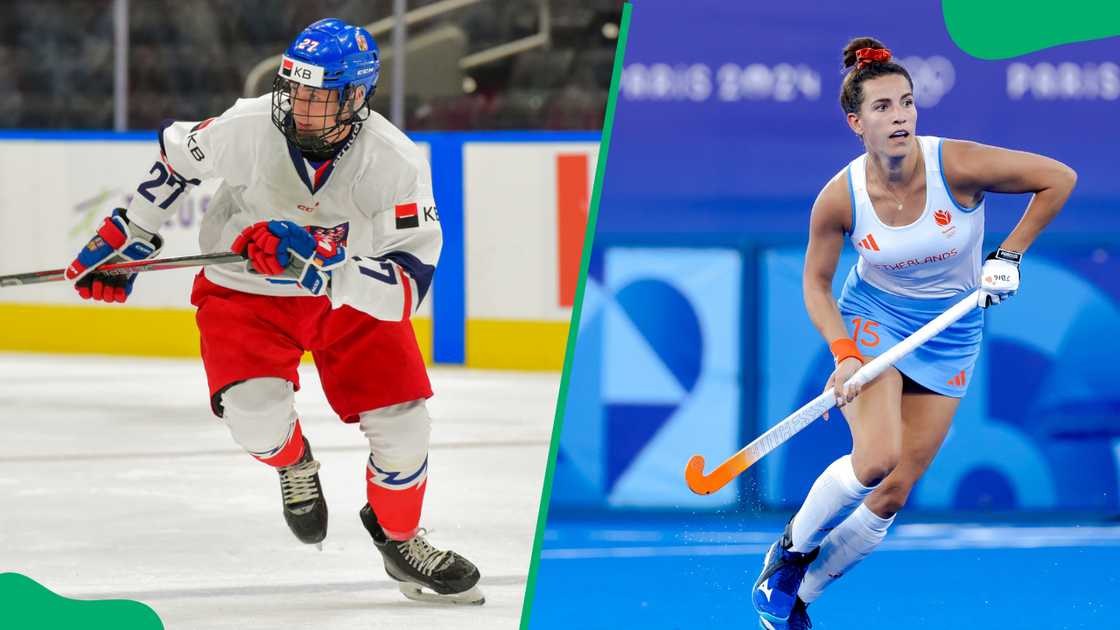
Source: Getty Images
TABLE OF CONTENTS
The level of play determines the response to this query. This tutorial will break down the fundamentals of ice and field hockey to help you grasp the flow and periods of these games.
How many periods are in a hockey game?
The standard format for a professional ice hockey game, such as those in the National Hockey League (NHL), is three periods, with 20 minutes of play each period. Most organised ice hockey competitions, including international tournaments and collegiate matches, follow this format.
Between each period, an intermission usually lasts between 15 to 18 minutes. The ice is resurfaced during this interval.
The period also allows players to recover, hydrate, and plan with their coaches. However, the structure differs a little depending on the level of play:
- Amateur and youth leagues: Instead of having three periods, the sport may have two more extended periods or shorter periods in some youth and leisure leagues. Some leagues, for example, choose to play two 25-minute halves.
- High school and college games: These are frequently played in three periods, but the intermission lengths and overtime rules may vary slightly.
How long is a field hockey game?
According to Active SG Circle, a typical field match lasts two halves, each lasting 35 minutes, for a total of 70 minutes of play. According to NBC Olympics, certain leagues may employ four quarters, each lasting 15 minutes.
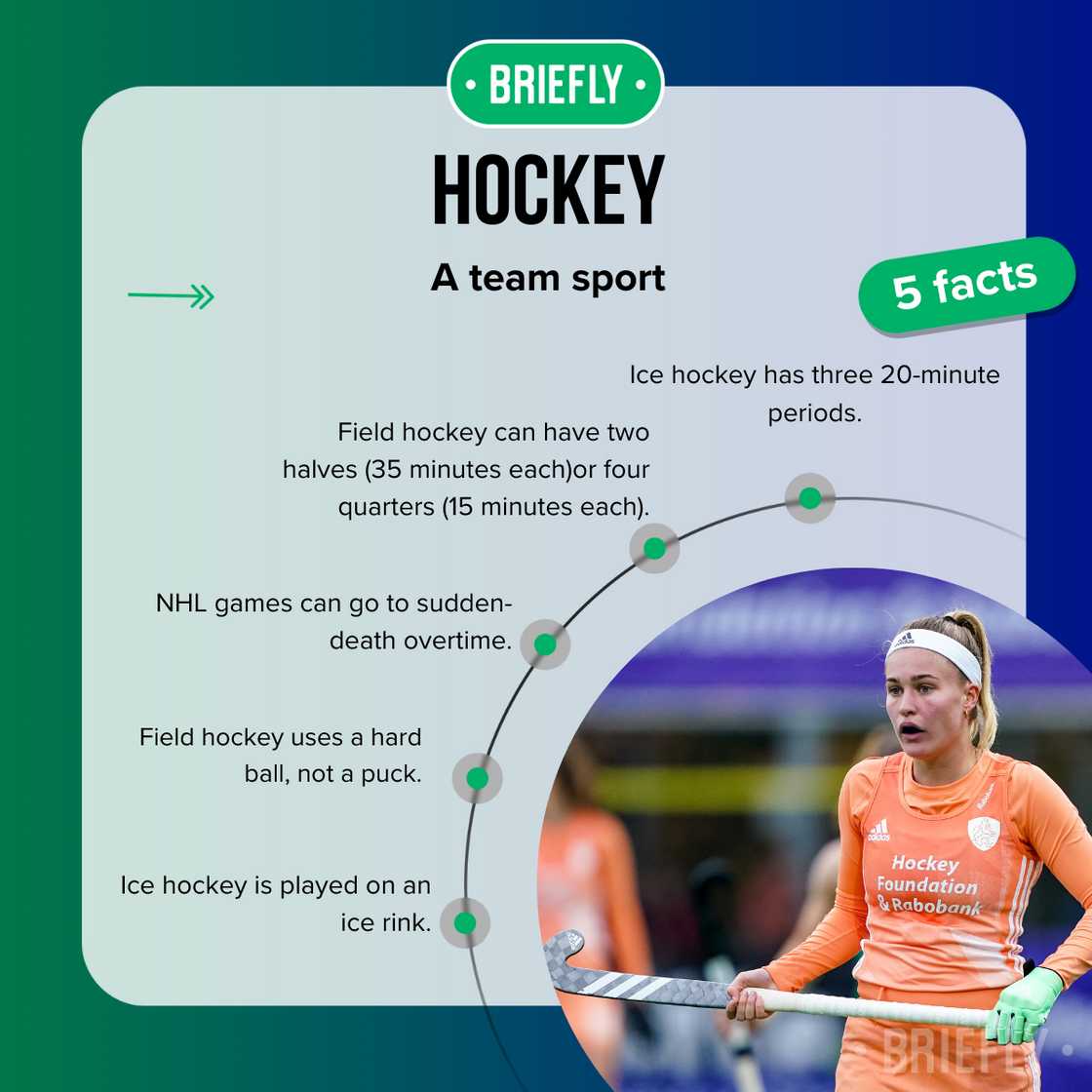
Source: Original
This version is played on grass or turf. Field hockey does not have periods like the ice one; instead, it is centred around halves or quarters with a halfway break to allow players to recover and plan.
What happens if the game is tied?
In ice hockey, if the score is tied at the end of the third period in a regular-season NHL game, the teams will proceed to a sudden-death overtime period. According to ESPN, this phase usually lasts five minutes in the regular season, and the first team to score wins.
A shootout determines the match if no team scores during overtime. The playoffs, on the other hand, have slightly different rules. Firstly, overtime periods last 20 minutes each and continue until a goal is scored, guaranteeing a winner.
In field hockey, if the game is tied at the end of regulation time, different rules may apply depending on the competition. Some leagues could give extra time or go straight to a penalty shootout to decide the victor.
How long is an ice hockey game?
A typical game lasts 60 minutes, divided into three 20-minute halves. However, an ordinary game often lasts between 2.5 to 3 hours when considering stoppages, intermissions, and possible overtime. It is among the hardest sports in the world.
Common stoppages in ice hockey
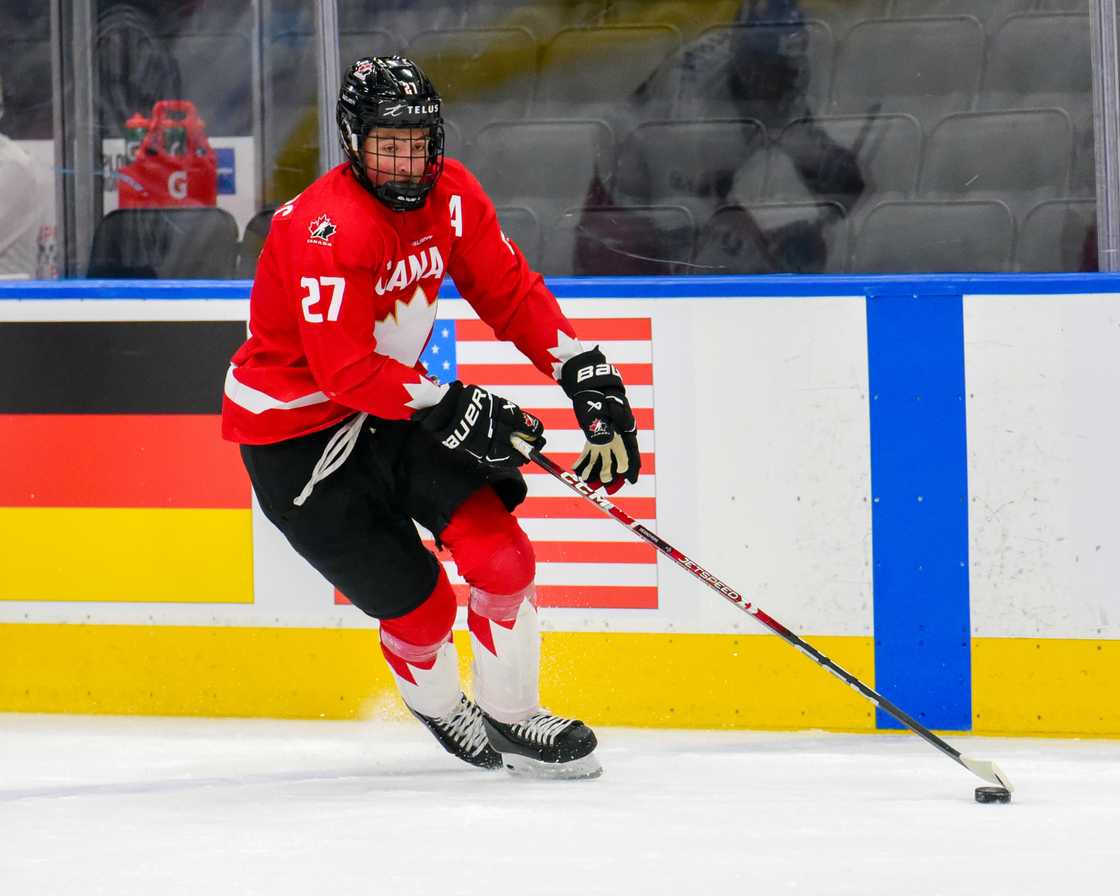
Source: Getty Images
The clock stops during several play stoppages, which might make the match last longer in real time. A pause in action during an ice competition can result from several situations:
- Icing: It is called when a player shoots, deflects, or bats the puck beyond the other team's goal line and over the red centre line without scoring.
- Offside: This occurs when an attacking player enters the offensive zone (crosses the blue line) before the puck.
- Puck out of play: The play stops any time the puck leaves the rink or becomes unplayable.
- Penalties: According to Chicago Wolves, penalties occur when a player breaks a rule, resulting in a stoppage and often leading to a power play for the opposing team.
- Injuries: If a player is injured and unable to continue playing, the game is paused to provide medical assistance.
According to sources, every side can utilise a single 30-second timeout per game, typically used tactically to arrange a pivotal play or rest players. In addition, there are pauses for TV commercials and between ice-cleaning sessions.
Why does ice hockey have three periods?
The three-period format has historical roots. Games were originally played in two halves, lasting 30 minutes each, but at the end of the game, the ice was not in good condition due to this format.
According to NBC Sports, Frank and Lester Patrick led the transition to three periods. By dividing the game into three periods, improved ice conditions and a more stable, safe playing surface can be maintained with two ice resurfacings.
Does hockey have quarters?
The answer is no—ice hockey does not have quarters. It is arranged around three periods, as opposed to four quarters, like football or basketball.
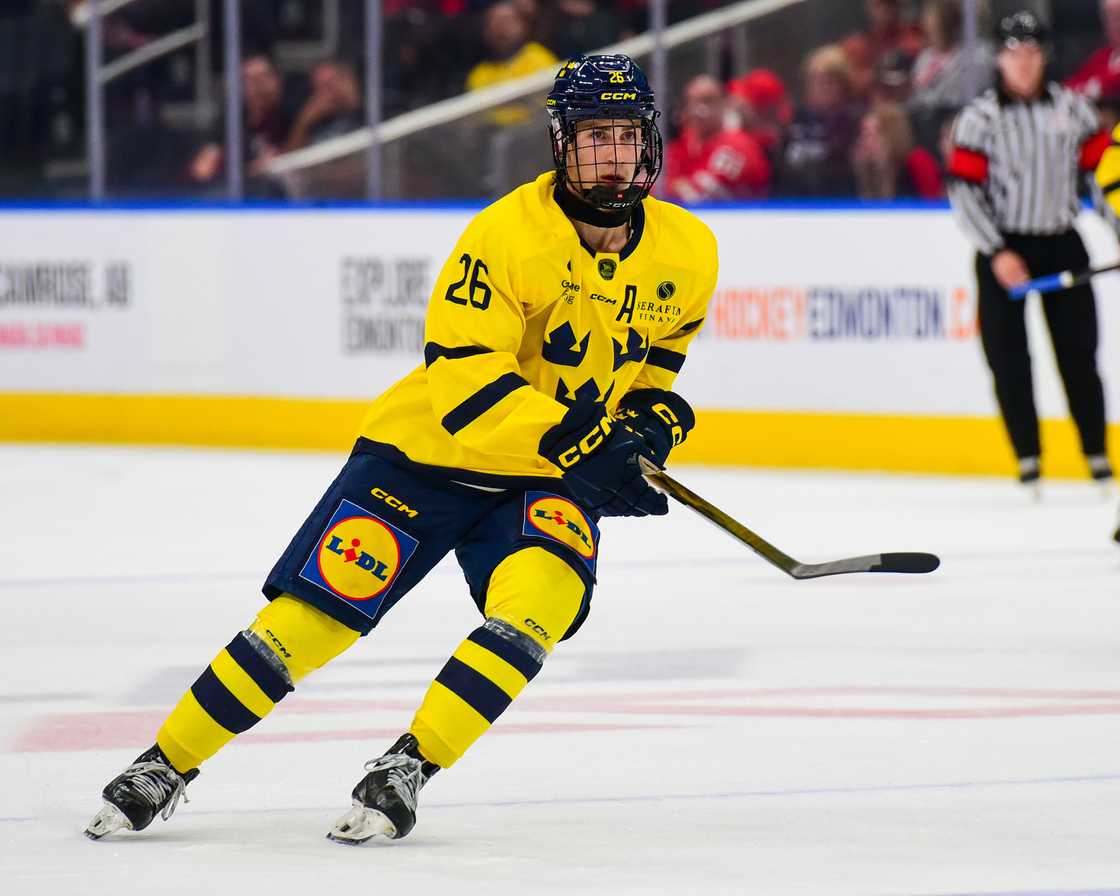
Source: Getty Images
This structure allows players to rest and modify their strategies while preserving the game's pace. However, in field hockey, games can be structured with four quarters, particularly in international competitions and some leagues.
Frequently asked questions
The sport is one of the most dangerous sports in the world. New fans need to know the distinctions between field and ice hockey. Let us now discuss some of novice fans' most frequently asked questions.
- Are there 3 or 4 periods in a hockey game? A standard ice game has three periods. Field hockey uses four quarters, each lasting 15 minutes in some instances.
- How many periods are in the NHL? There are three periods in an NHL game.
- Is there a 4th period in hockey? There is no 4th period in ice hockey. If the game is tied, it goes into overtime, which is not considered a fourth period.
- Which is the longest NHL game ever? The record-breaking NHL game lasted an astounding 176 minutes and 30 seconds. The Montreal Maroons and the Detroit Red Wings played this marathon game in 1936. The Red Wings ultimately prevailed 1-0 following three regular periods and six overtime.
- Which is the longest field hockey game ever? The field match was 56 hours, 18 minutes, and 45 seconds, completed by Chelmsford Hockey Club (UK) in Essex, UK, from July 1 to 4, 2016. The effort beat the record by more than 3 hours and 48 minutes.
Understanding the structure of ice and field hockey games is crucial for new fans looking to enjoy these sports fully. With its distinct formats—three periods on the ice and two halves or four quarters on the field—each type offers a unique and thrilling experience that keeps fans engaged.
READ ALSO: What is offside in hockey? A simple guide to understand rules
Briefly published an article about offside in hockey. Although it is a fast-paced and exciting sport, inexperienced players and the least followers may find some regulations, such as offsides, difficult to understand. Here is a detailed guide to offsides in hockey and examples.
Source: Briefly News



